Are Arc Fault Breakers Necessary For Lighting Circuits?
TÓM TẮT
Where And Why Do We Need Afci Protection?
Keywords searched by users: Are arc fault breakers required on lighting circuits where are arc-fault breakers not required, where are arc-fault breakers required 2020, arc fault protection is required for, are arc fault breakers required in older homes, afci light switch, reason for arc fault breakers, nec code for.lighting circuits, arc protection
What Circuit Breaker For Lighting?
When it comes to selecting the appropriate circuit breaker for lighting, it’s essential to ensure the circuit’s safety while accommodating the lighting needs. Typically, a lighting circuit is safeguarded by either a 5-amp or 6-amp fuse or circuit breaker, depending on the specific requirements of the lighting setup.
The choice between a 5-amp and a 6-amp circuit breaker hinges on the maximum combined wattage you intend to run off the circuit. For a 5-amp circuit breaker, you can safely operate lighting fixtures with a total wattage of up to 1150 watts (calculated as 5 amps x 230 volts). On the other hand, if you opt for a 6-amp circuit breaker, it can support a higher combined wattage of up to 1380 watts (calculated as 6 amps x 230 volts).
Selecting the appropriate circuit breaker ensures that your lighting system operates efficiently while preventing overloading and potential hazards. It’s crucial to determine your lighting fixtures’ wattage requirements and choose the corresponding circuit breaker size for optimal performance and safety.
What Is An Arc Fault Breaker For Lightning?
An Arc Fault Circuit Breaker (AFCI) is a vital electrical safety device designed to protect against potentially hazardous electrical arcs, including those caused by lightning strikes. Similar to Ground Fault Circuit Interrupters (GFCIs), AFCIs are responsible for monitoring the electrical current within a circuit. However, their primary function is to detect and respond to unintended arcing, which can occur due to various factors, including damaged wiring or lightning-induced electrical disturbances. When an AFCI detects such an arcing condition, it swiftly trips the circuit, thereby preventing the risk of electrical fires and ensuring the safety of your electrical system and connected devices.
Details 29 Are arc fault breakers required on lighting circuits
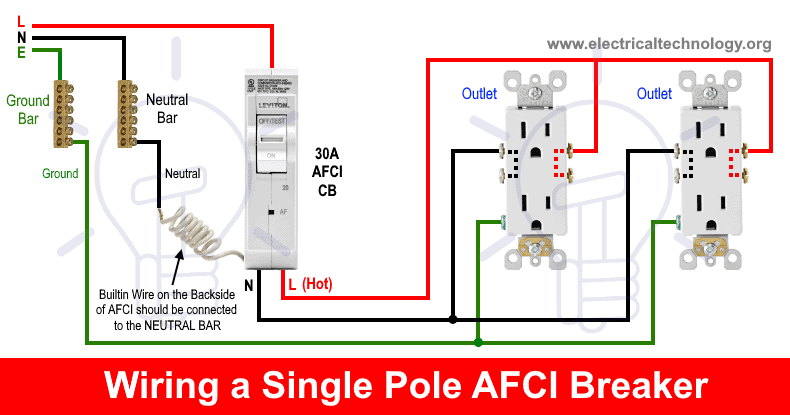
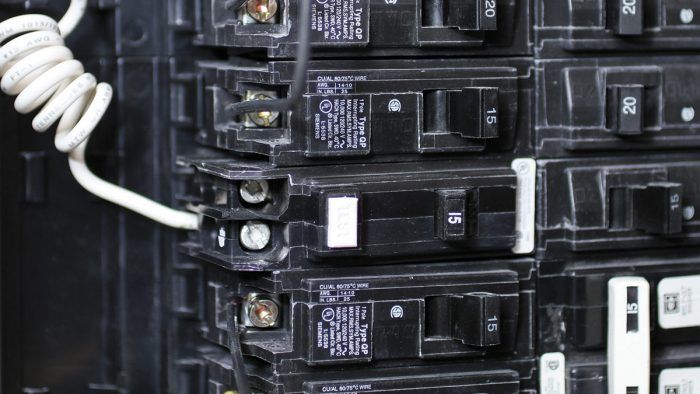
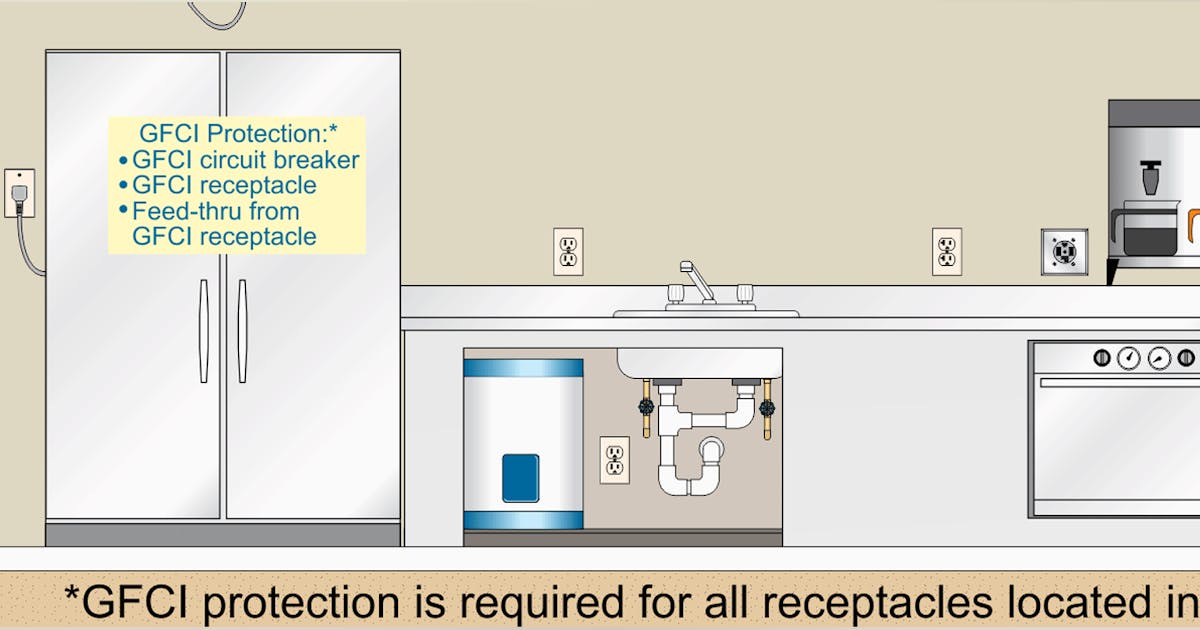

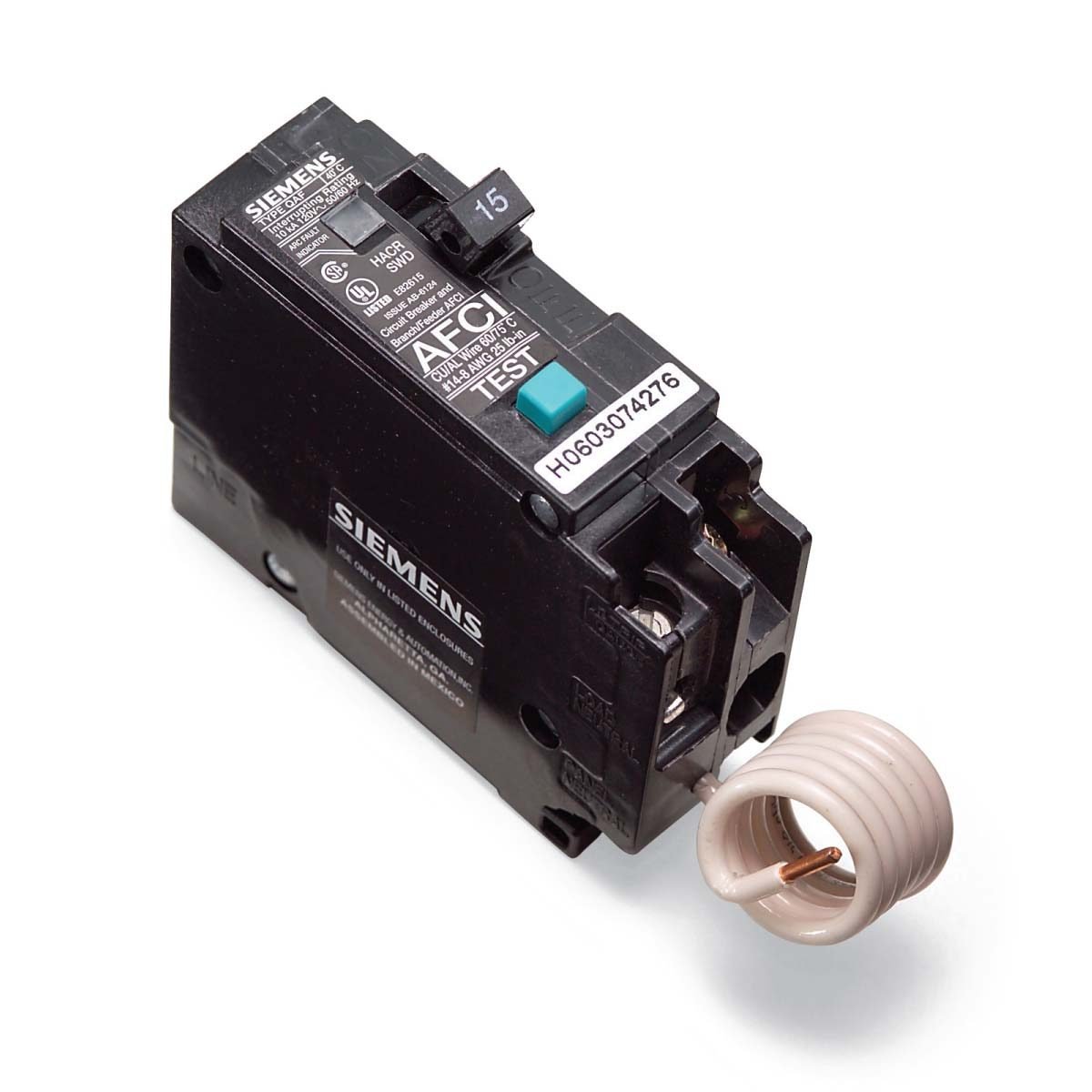
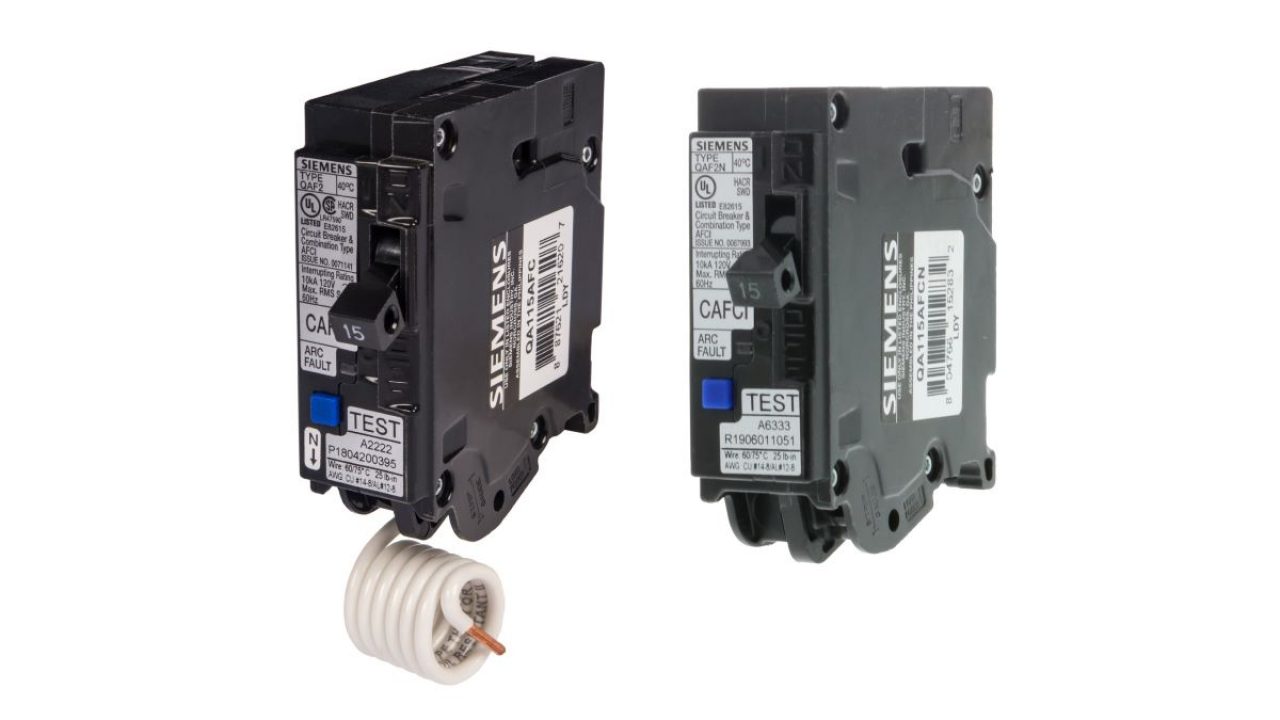
Categories: Update 24 Are Arc Fault Breakers Required On Lighting Circuits
See more here: buoitutrung.com

But according to NEC’s definition, a hardwired lighting circuit still needs an AFCI breaker because it supplies electrical current to light fixtures and is therefore considered an “outlet.” But you’ll also want to pay attention to where the light switches on your circuit are located.A lighting circuit is protected by a 5- or 6-amp fuse or circuit breaker. This fuse size allows bulbs with a maximum combined wattage of 1150 watts (5 amps x 230 volts) or 1380 watts (6 amps x 230 volts) to be run off the circuit.Arc Fault Circuit Breakers (AFCI)
An arc fault circuit breaker, or AFCI, works much like a GFCI where it monitors current and trips the circuit if an unwanted arcing condition is detected.
Learn more about the topic Are arc fault breakers required on lighting circuits.
- Are Arc-Fault Breakers Required on Lighting Circuits?
- How to understand lighting circuits | Lighting, Electrical & Security – B&Q
- Protect Your Home from Lightning and Power Surges – Bradley Mechanical
- Is AFCI Protection Needed in my Kitchen? – Peterson Electric
- 2023 NEC Changes Chapter Two – Wiring and Protection
- RCD Needed for Lighting Circuits? – Screwfix Community Forum
See more: https://baannapleangthai.com/tech blog
